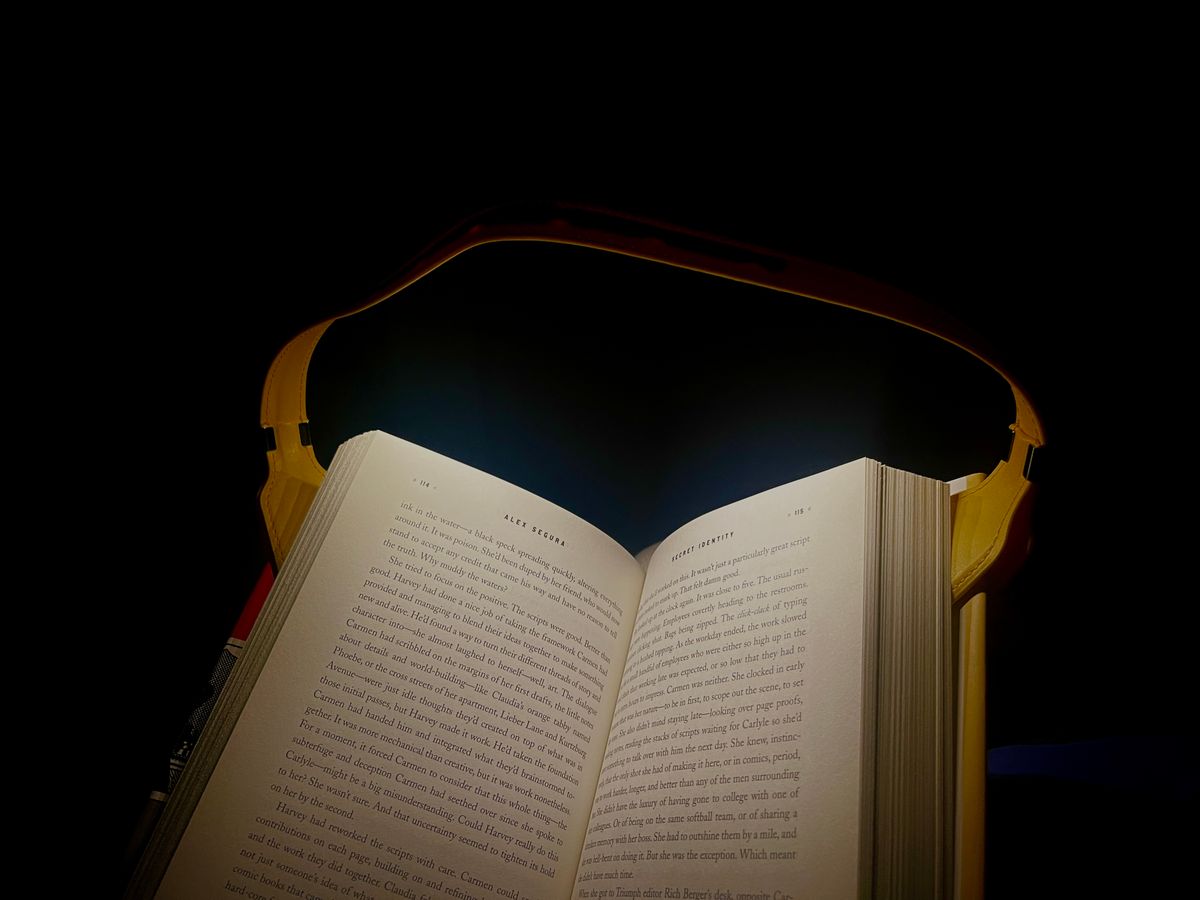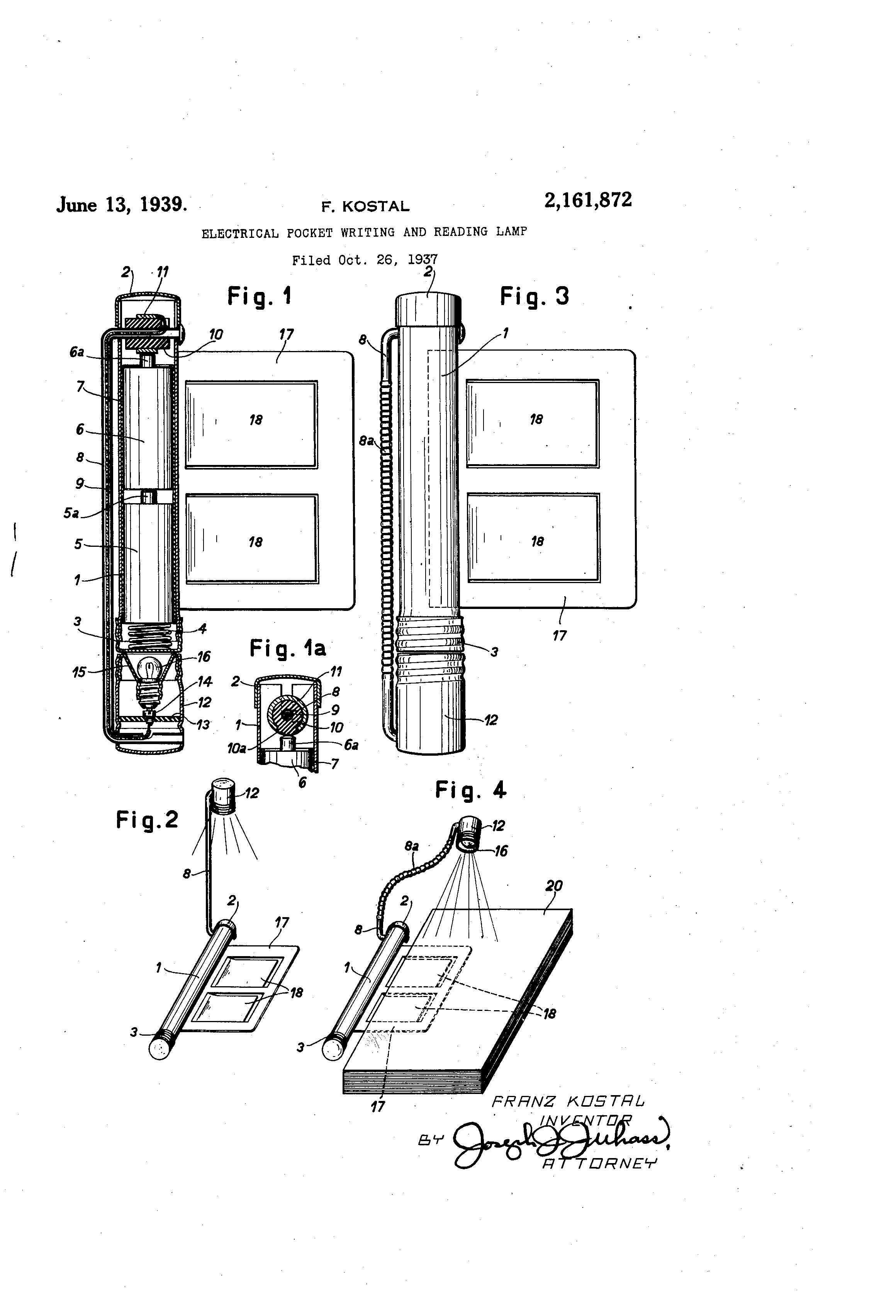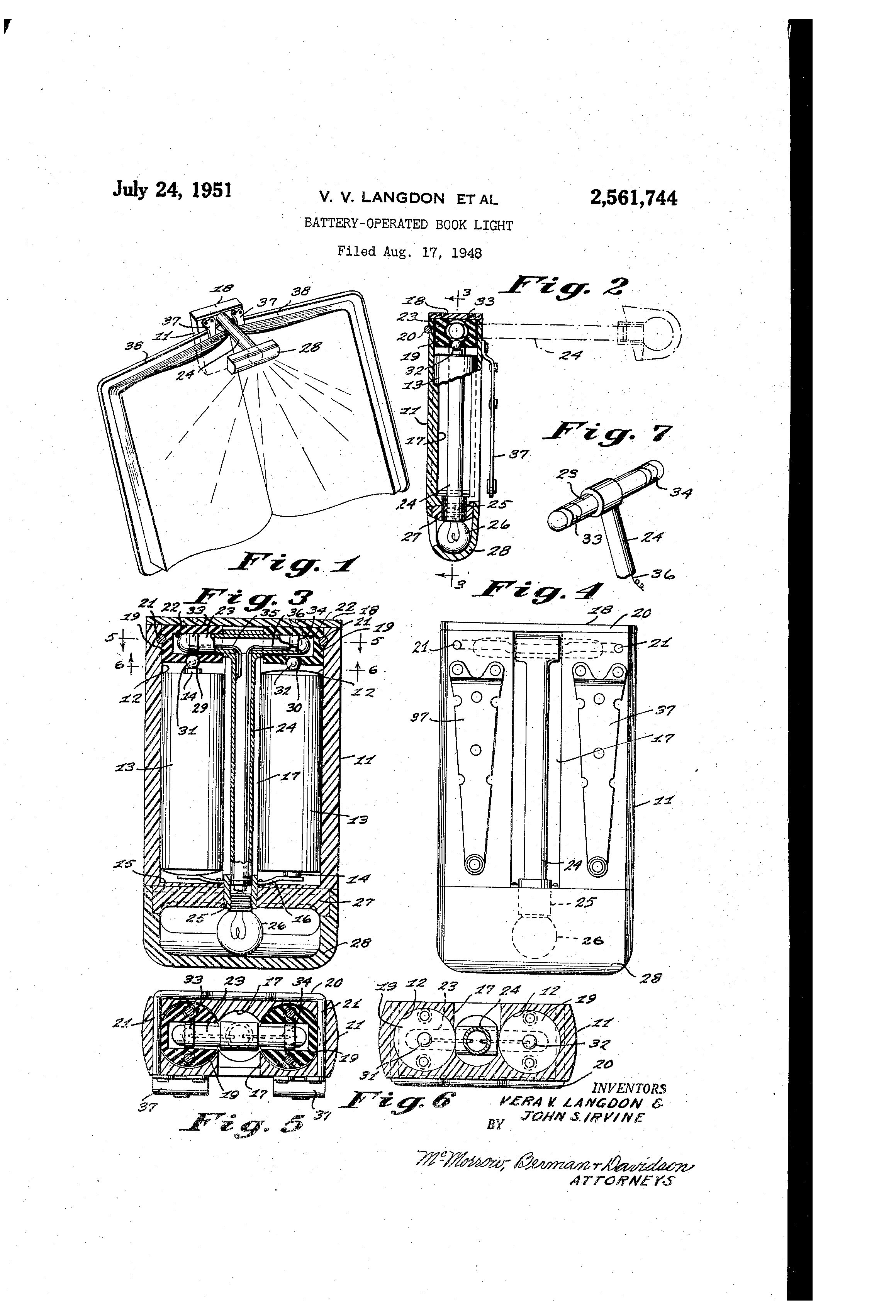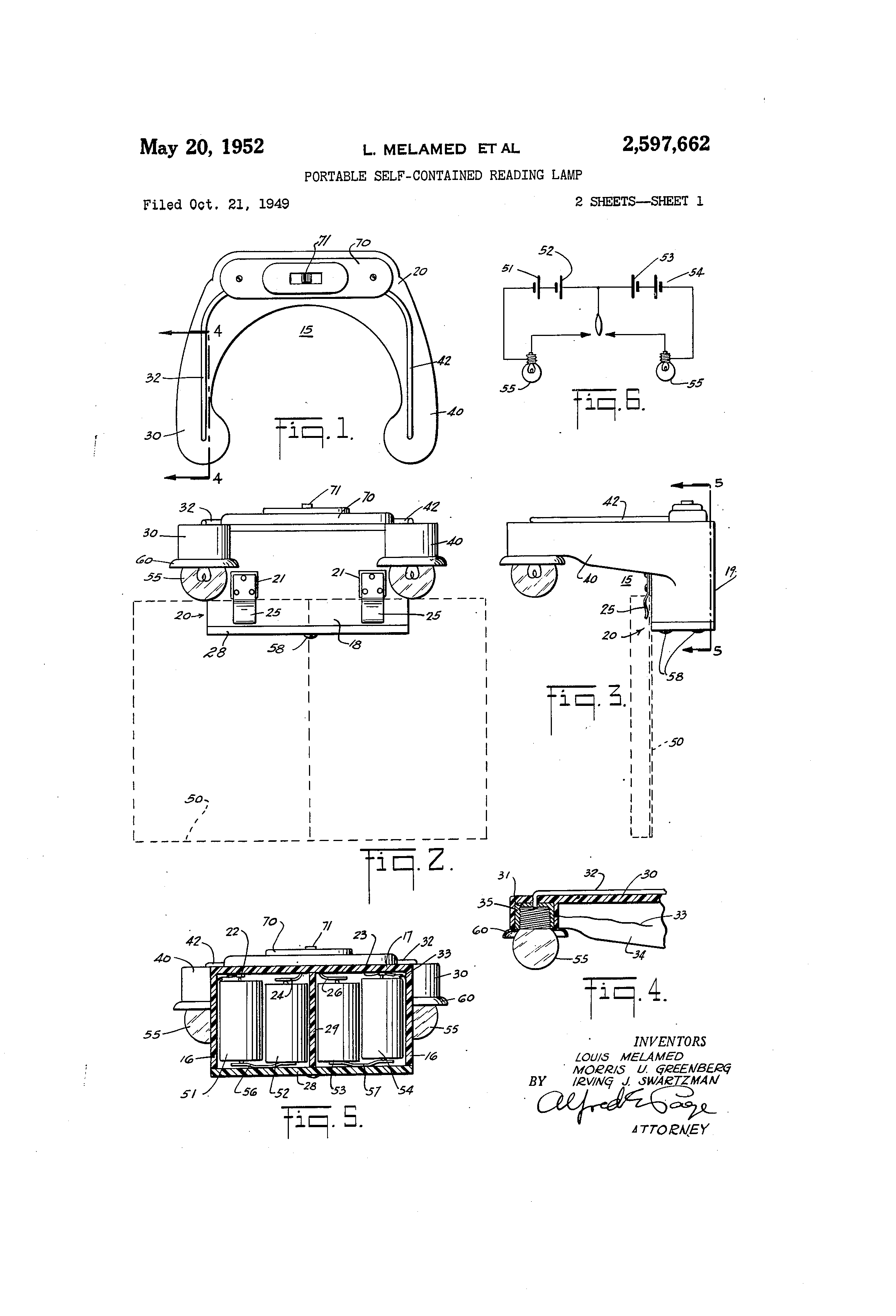Making time and light
Bowio's reading light is one that I've actually been using

One of my first real jobs was a cashier at WaldenBooks in the Berlin Mall. The store was exactly as you'd imagine a small mall bookstore. The walls were lined with shelves with fiction and romance ringing the interior, with rows of smaller shelves in the middle. To the right was the cash register, which was loaded down with all sorts of book-related knickknacks: overpriced bookmarks, desk toys, and candy, as well as one item that I don't think I ever saw anyone buy: a book lamp.
Made of plastic, they featured a chunky base with a clamp and a thin arm that contained the light, allowing you to clip the device to the back of your book and position the light accordingly. I had acquired one over the years, but I don't know that I ever really found it useful to read – if I remember correctly, I ended up using it for things other than reading, until the bulb and/or batteries died on me.
It was somewhat cumbersome: it was something that would best be used with the stiff back cover of a hardcover, rather than the paperbacks I was devouring at the time. I've never found them to be all that useful, especially at a time when all of my recent cell phones have come with a built-in flashlight, or after I picked up a brass lamp for my bedside table a year or so ago.
I've been musing about book lights lately because I ended up buying one not long ago, a Bowio Light, which I backed on Kickstarter in March of 2021. In the week that I've been using it, I've been enormously impressed with how well it works, but also at how by tweaking the object's form, you get something that's elegant and enticing to use.



I've been thinking about the book light a lot this week, and the utility that they offer a reader. Poking through Google's Patent search, it's clear the form of the traditional book light hasn't changed much since one of the earlier iterations was patented back in 1937: the Electrical Pocket Writing and Reading Lamp came out of Austria and featured a small, battery-powered lamp that featured a movable arm with which one could read or write at night.
You can take the story even further back, not only to the invention of the light bulb, but hundreds and thousands of years to the people who figured out new and cheaper ways to create light. A number of years ago, NPR's Planet Money devoted an episode to the history of light, and explored the work of an economist named Bill Nordhaus, who calculated how expensive light way to produce at various times: how much of your daily wage would produce x hours of light.
Burning animal fat and candles were expensive: it took a lot of time and energy to produce the materials needed for those light sources. By the 1800s, the development of kerosene lights changed everything, and years later, the electric light bulb further drove down that cost. According to Planet Money, a day's labor would yield someone on ancient Babylon 10 minutes of light. Kerosene lamps? Five hours. A light bump in the 1990s? 22,000 hours. All of these did one thing evermore efficiently: provide people with the ability to uncouple their days from the natural night-and-day cycle to be a bit more productive.
The concept of reading seems like it tracks with that same timeline: it's a time-intensive thing, and what time you spend reading is time that you aren't able to physically work. But, as technology and society (not to mention progressive labor movements) advanced, people soon begun to have more time to devote to reading.
But even then, making the time is often a struggle: the modern day reinforces the impulse to be efficient with our time, and I often feel as though reading is one of those activities that actively gets pushed to the side as an optional vocation, especially when it isn't directly tied to your livelihood. That shouldn't be the case: reading is an activity to be enjoyed, something that can enrich your life and mind.
In some ways, a book light is something like a patch: a technological fix designed to build more time into one's day in order to read. I don't think that it's a coincidence that you see inventors playing with variations of book lights in the economic book in the immediate years after World War II: 1948 brought an application for a Battery-Operated Book Light, which clipped onto the spine of a book with an arm that provided light. Another filed a year later, a Portable Self-Contained Reading Light clipped to the back covers and provided a pair of lights that peaked over the top of the book. Run a search on Amazon or Barnes & Noble now, and you'll find a ton of variations on that core form, with a handful of outliers. There are some random variations that have popped up: my wife gave me an odd-looking one a couple of years ago: a flat slab of clear plastic with lights mounted on one side, which when turned on, would light up the page when you held it against it. It worked fine, but the plastic was flimsy and prone to scratching, and I ended up picking up a regular brass lamp not long after.
There's no getting around the things that make up one's day, and as the daylight grows short, sometimes, at the end of the day – sometimes literally – I just want to be comfortable before I face another day. I've struggled to find time to read in the last year: apps like Instagram and Twitter are addictive dopamine-delivering hits that have sometimes kept me up to for hours of empty (but entertaining) scrolling.
But maybe I just need the right tool, and this is an appealing one. I genuinely like this light, and since I've gotten it, I've found that I'm spend less time scrolling and less time reading. The LED bulbs churn out a nice, warm light that illuminates each page fully, and it's an object that's not as cumbersome or unwieldy as the other lights I've used over the years.

Finding a place to read can be crucial: my home is small, and if someone's watching TV in the living room, I'm never really able to get into whatever it is that I'm reading. My office isn't set up for it, and the kitchen isn't comfortable. Reading, at least when I'm not alone in the house, is best accomplished in bed, where I can curl up with some blankets and tea. The only problem after that is light, and this is where the Bowio comes into play.
If I've had any sort of complaint about the traditional book lights, it's that they're just cumbersome: something that weighs a book down or otherwise gets in the way or provides an uneven field of light, depending on how you position it. Modern ones, like the pane of plastic, utilize bright white LED bulbs, which is harsh while you're reading. Ultimately, I just never end up using them, opting to stay up with the lights on, or to use my bedside lamp.
Bowio's take is something altogether different than its predecessors: it' made of a strip of leather with lights embedded on the interior, which loops up and over the top of the book. A pair of magnets at each end of the strip allows you to firmly clamp the book to each cover and a touch-sensitive button that allows you to adjust the brightness level. One of the neat features here is that you can't accidentally turn it off by tapping it: you have to hold the button for a moment. It's all considerably more elegant than a chunky switch. The battery pack is a little larger than I thought it would be, and I'd initially thought that this would be a rechargeable thing — it actually takes a pair of AAA batteries, which is a little bit of a bummer.
After several years of tech reporting, I've become positively allergic to the cliche of "beautiful design" that every tech company touts, but there is something appealing about the minimalist design here. There are options for leather or vegan leather, and the magnets are strong. There's no way this will accidentally slip off a book while you're mid-sentence. If there's any downside here, it's that this is a device that feel best suited for a hardcover, although a trade paperback or mass market paperback will be fine, provided you've clipped it to a bunch of pages.
But most importantly to the function here is the light: its six LEDs provide what a single bulb can't: a nice, even field of illumination that covers both open pages. The designers picked a shade of light that's a warm yellow that feels cozy. It's directed at the book, and while reading, I get a sense that all of my focus is directed toward the book, like I'm enveloped in a sort of warm bubble. It's an enjoyable experience: one that's allowed me to carve out some reading time where I'd previously not been all that successful at it.
Ultimately, it's a useful device, one that unobtrusively allows me to read, and maybe help knock a couple of titles off the top of my TBR pile.
The Bowio Book Light is now available to preorder via IndieGogo in a variety of colors: the base model runs $49 (25% off), with shipping slated for November 2022.
As always, thanks for reading. If you found this useful, please consider sharing with a friend or on social media, or signing up as a supporting member, which helps keep the newsletter running.
I'll be back later this week with another post. Have a good one,
Andrew